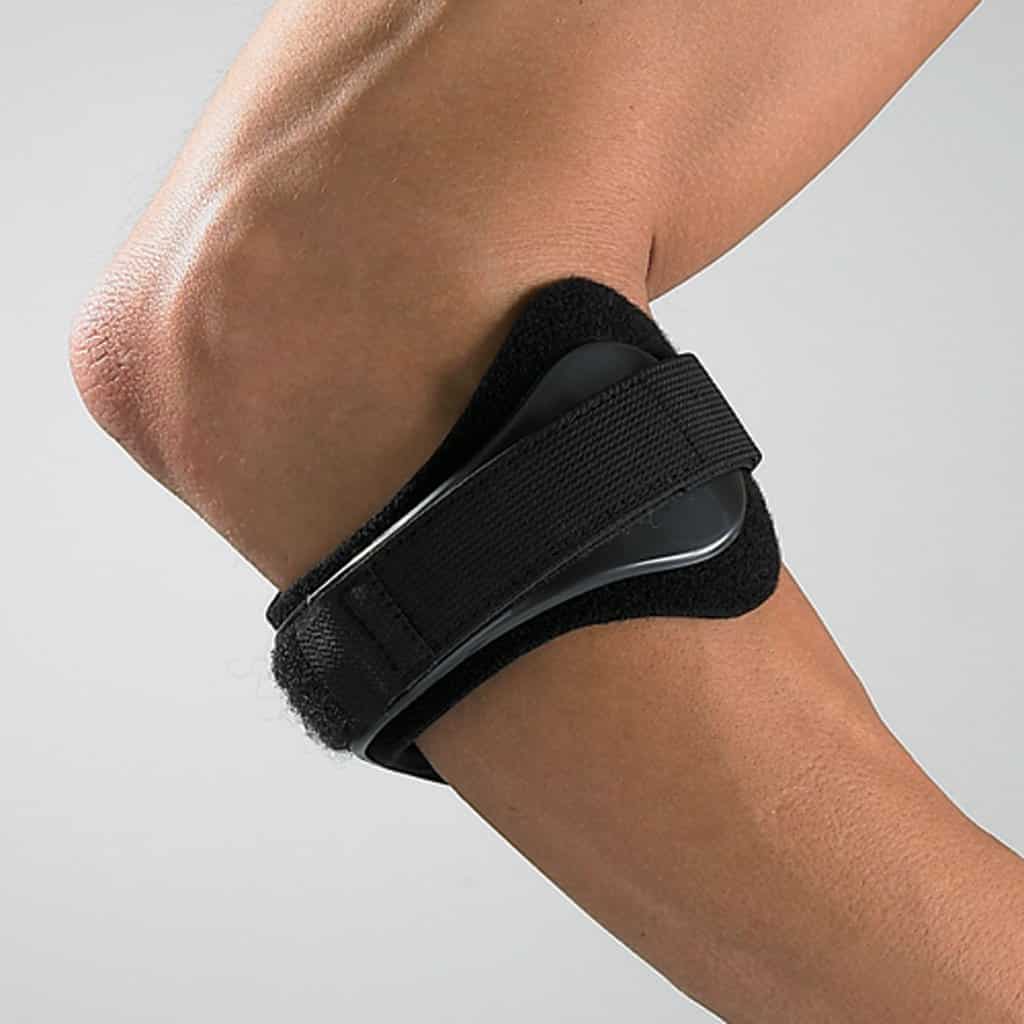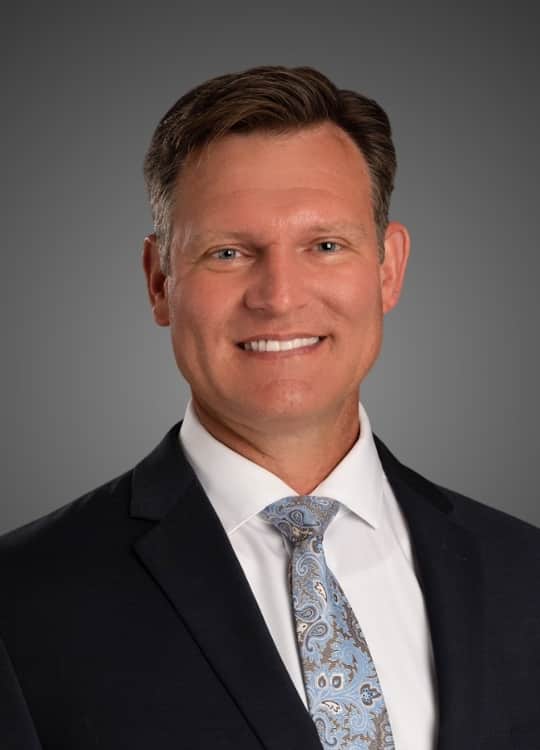Are you suffering from symptoms of Shoulder Bursitis?
The Omaha Shoulder & Elbow Specialists at MD West ONE can properly diagnose and treat Shoulder Bursitis through non-surgical and surgical treatments. If you have the following symptoms, you may want to make an appointment with one of our Board Certified Specialists.
Shoulder pain from bursitis can come on suddenly or gradually. You may experience a dull ache, sharp pain or mild tenderness.
Other signs of shoulder bursitis include:
- Shoulder stiffness or a feeling of swelling.
- Painful range of motion.
- Nighttime pain when lying on the affected side.
- Sharp or pinching pain with overhead shoulder motions.
Meet MD West ONE's orthopedic specialists and learn more about how they treat Shoulder Bursitis...
Shoulder Bursitis: Non-surgical and Surgical Treatment(s)
What is Shoulder Bursitis?
Shoulder bursitis is the result of inflammation in the bursa. The bursae (bur-SEE) are potential fluid-filled sacs that are part of the skeletal system. They cushion the space between bones and connective tissue, allowing tendons, muscle and bone to move together.
In the shoulder, the subacromial bursae cushion the area between the rotator cuff tendons and the acromion (the highest point of the shoulder blade or scapula). Bursae allow the tendons and bones to glide without friction when you move and lift your arms.
Injuries or overuse can cause fluid to collect in bursae, causing bursitis. Painful swelling may come on gradually or suddenly. Healthcare providers may use the medical term subacromial bursitis or rotator cuff tendinitis to refer to bursitis that affects the shoulder.
The different types of shoulder bursitis include:
- Chronic: Repeat injuries or repeated incidents of acute bursitis can cause chronic shoulder bursitis. It is the most common type of shoulder bursitis. You may have periods without symptoms and then have symptom flare-ups (return of symptoms) that last several months. Over time, this ongoing inflammation can cause arm and shoulder weakness. Many people learn how to adapt to the pain (term accommodation). This may lead to other regional pain (think different area of the shoulder, neck or elbow pain).
- Acute: This type comes on suddenly, often from an accident or injury. Touching or moving the shoulder causes pain.
- Infectious (septic): In rare cases, bacterial infections like staph infections cause infectious (septic) shoulder bursitis. The shoulder may look red or purple and feel warm to the touch. In this rare case, you may have a fever and feel sick. You may have severe shoulder pain.
Are there any non-surgical treatments?
You can use certain methods to relieve bursitis symptoms. Here is how to treat shoulder bursitis at home:
- Temporarily stopping activities that aggravate the shoulder.
- Ice packs to reduce inflammation.
- Pain relievers and nonsteroidal anti-inflammatory drugs (NSAIDs) to ease pain and swelling.
What are nonsurgical treatments for shoulder bursitis?
Treatments for shoulder bursitis focus on reducing inflammation and minimizing symptoms. Most people get symptom relief with these nonsurgical treatments:
- Bursa (steroid) injections to ease pain and swelling for a couple of months.
- Corticosteroids, such as Kenalog or Celestone that you take orally for severe pain and inflammation.
- Physical therapy exercises to strengthen weak muscles and improve range of motion.
- Antibiotics to clear up bacterial infections that cause bursitis.

What if the non-surgical options do not work for me?
If symptoms get worse or do not improve with nonsurgical treatments, your healthcare provider may recommend surgery. This surgery may take place arthroscopically using small incisions and a tiny camera (arthroscope).
Your provider may remove:
- Damaged tissue that presses on and irritates the bursae.
- Inflamed bursae to make room for the tendons and bones to move.














